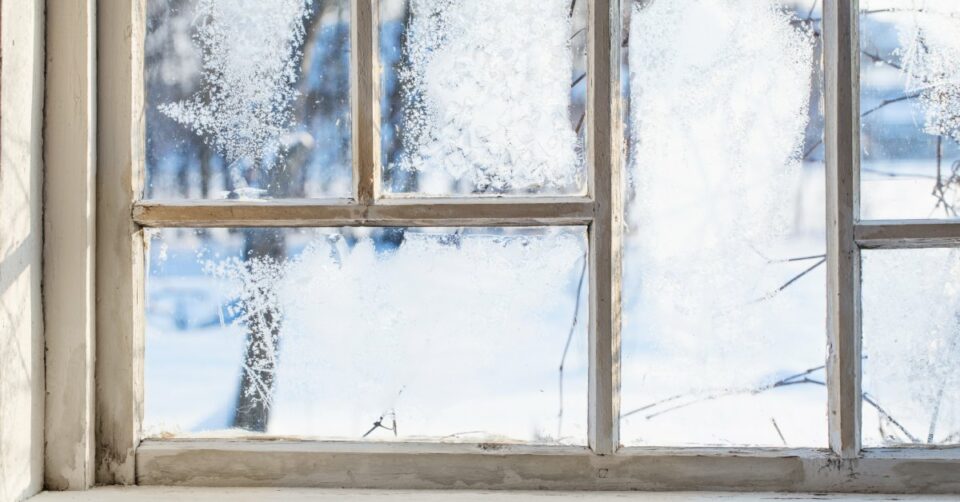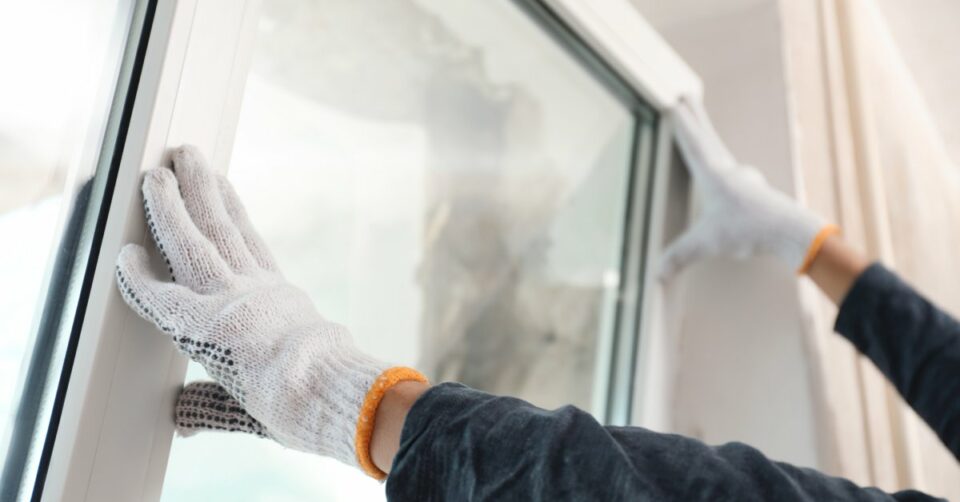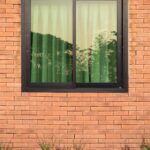
A Quick Guide to Black Window Frames for Your Home
June 9, 2025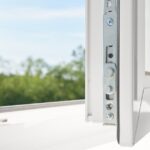
How Vinyl Windows Improve Home Insulation
July 15, 2025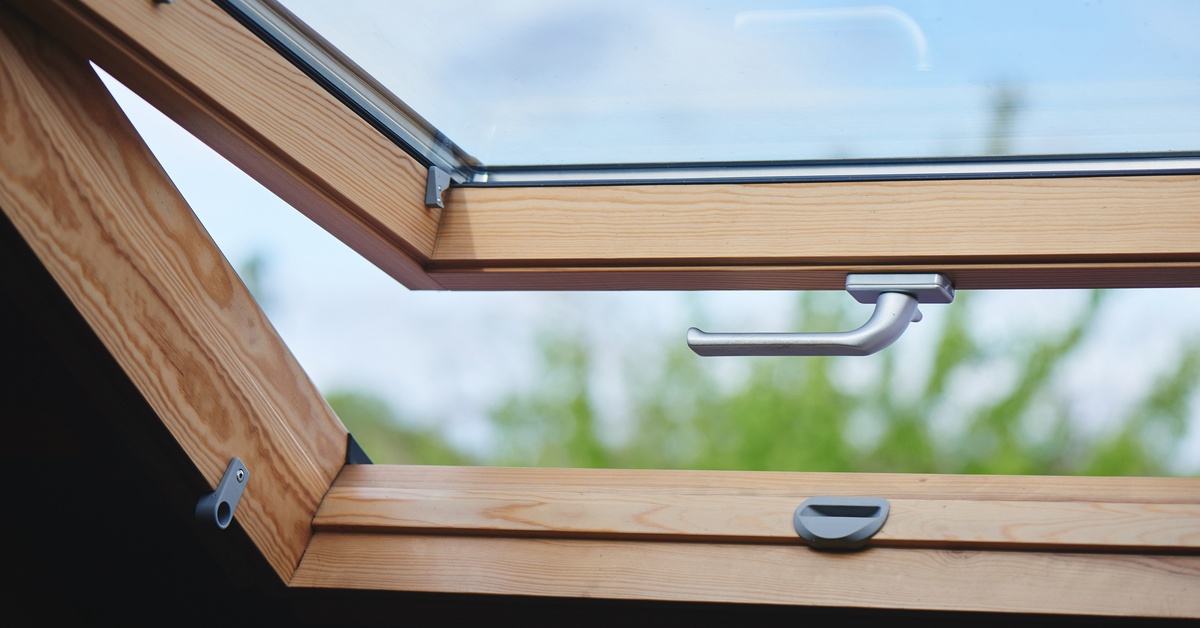
Replacing wood-clad windows in historic homes can provide an update in aesthetics and energy efficiency, but it requires navigating a balanced path that respects historic integrity while meeting modern standards.
This process presents unique challenges that homeowners and installation specialists must solve with careful thought and precision. With this guide to historic home wood-clad window replacement challenges, you can identify potential problems and address them effectively.
The Importance of Preserving Historic Integrity
Historic homes carry a distinct charm rooted in architectural character and authenticity. Retaining their original look while introducing modern materials can be a delicate process.
When replacing windows in a historic home, staying true to the original design is critical. After all, in addition to their function, windows are integral architectural features that define a property’s style.
From the proportions of the frames to the detailing on the muntins, every aspect matters. Finding replacements that match these details may require custom manufacturing and painstaking attention to detail.
Functional Challenges With Wood-Clad Windows
While aesthetics and compliance are significant factors, addressing the functional aspects of wood-clad window replacements is equally critical. Historic homes often come with structural quirks and wear that complicate installation.
Adapting to Nonstandard Sizes
Unlike modern constructions, historic homes rarely conform to standard-sized window openings. Many window frames are irregular or have shifted over time due to the home settling. This means replacements often require custom sizing to fit precisely into these unique openings, which can extend lead times and increase costs.
Managing Damage and Deterioration
Old wooden frames are frequently prone to rot, damage, or insect infestations. Before installing new wood-clad windows, it’s often necessary to repair or replace compromised parts of the surrounding structure. This adds additional steps to the process, requiring expertise in restoration techniques to maintain structural and historical integrity.
Balancing Insulation and Ventilation
One of the main reasons homeowners replace their windows is to increase the house’s energy efficiency. However, achieving modern insulation levels without compromising the natural ventilation characteristics of historic homes can be challenging. Original windows were designed to allow airflow, and blocking this can lead to condensation and mold growth if not properly managed.
Deciding What Materials To Use
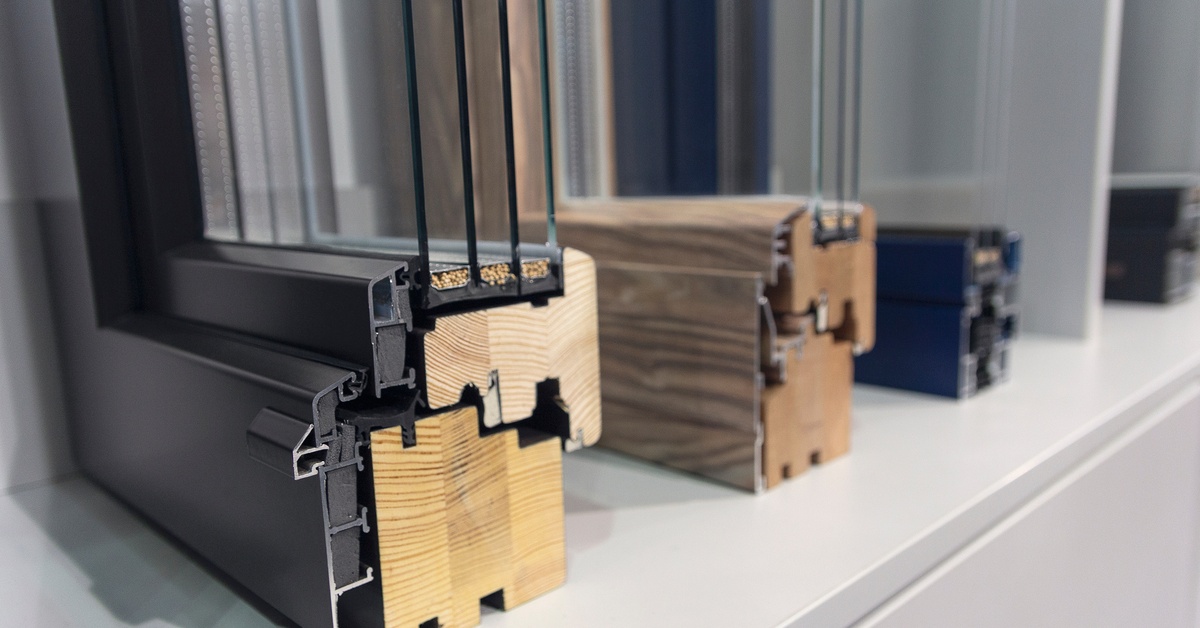
Modern wood-clad windows offer a combination of traditional aesthetics with updated functionality. Still, the choice of materials can come with its own set of challenges and considerations.
The Appeal of Authentic Materials
Homeowners often prefer wood-clad windows for their ability to mimic the original features of historic homes. These windows combine a wooden interior for authenticity with an exterior cladding made of aluminum or fiberglass for durability. The challenge lies in selecting cladding materials that closely resemble original window finishes while offering long-term resilience.
Durability Versus Authenticity
While fully wooden windows often embody historic accuracy, they aren’t as durable as wood-clad alternatives and require regular maintenance to prevent rot or weathering. Wood-clad windows, on the other hand, may fall short in replicating the hand-crafted aesthetic of original wooden designs. Combining durability with historical accuracy requires making thoughtful choices about material quality and visual compatibility.
Environmental Considerations
Another historic home wood-clad window replacement challenge is sourcing sustainable wood. The demand for environmentally responsible materials often limits choices, as does finding suppliers who offer ethically harvested wood. The sustainability of cladding materials such as aluminum or vinyl is also a factor that influences replacement decisions.
Budgetary and Time Constraints
Replacing wooden windows in historic homes can be a labor-intensive and expensive process. Careful financial and logistical planning is essential to execute the project without undue delays or compromises.
The Cost of Customization
Historic homes are unique and require special solutions. Custom-sized and styled windows, combined with specialized materials, often come at a premium. Add to this the labor expenses involved in preparing uneven openings or repairing structural components, and the cost can quickly escalate.
Limited Vendor Availability
Finding contractors or window suppliers with the necessary expertise in historic restoration can be another hurdle. Specialists with experience in window fabrication and historic preservation are in limited supply. Fortunately, Scientific Home Services is available to help you find the right solutions for your historic home renovations.
Unanticipated Delays
The unpredictable nature of restorations often leads to unexpected complications during installation. Common issues that can significantly affect project timelines include hidden structural damage, regulatory approvals, and material delivery delays.
Regulatory Compliance and Approvals
Historic preservation laws often dictate exacting standards for any exterior modification, including window replacements. Navigating this regulatory landscape requires patience and thorough preparation.
Historic District Oversight
If you live in a designated historic district, window replacement projects may need approval from a local review board. Approval processes can vary widely in length and complexity, adding another layer of planning to the project. The components you typically need green-lighted before proceeding with installation include material samples, mockups, and architectural drawings.
Building Codes and Safety Standards
Beyond preservation requirements, you must adhere to modern building codes that regulate aspects such as egress sizing for bedrooms or glass glazing for safety. Meeting these rules and conforming to the aesthetic standards of preservation boards can be a delicate task.
Partnering With Skilled Professionals
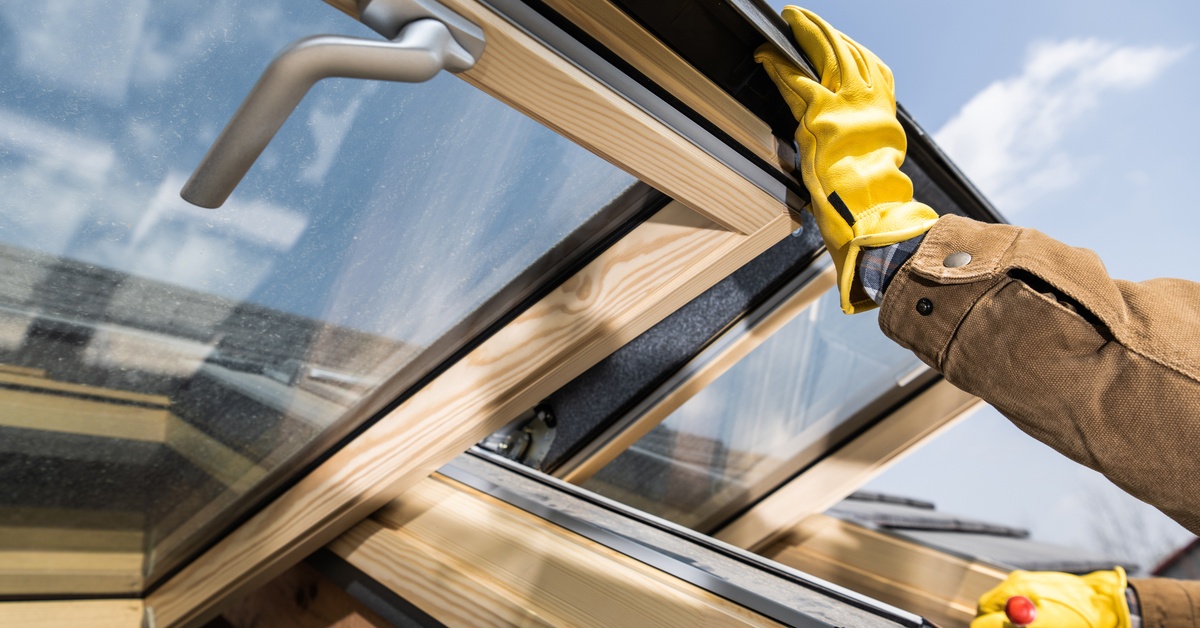
Given the complexities involved, working with experts in window installation is an effective way to overcome these challenges. From planning to placement, professional experience can be invaluable. Selecting a team familiar with preservation guidelines, material sourcing, and sensitive installation methods is key to a successful replacement.
Homeowners seeking wood window installation in Chicago need look no further than Scientific Home Services. We use precise techniques to complete accurate, efficient installations, and we provide various high-end, custom-manufactured options from our Marvin Integrity Series and our Kolbe Ultra Series.
If you need a wood-clad aluminum replacement window or newly constructed window, the Marvin window can provide the aesthetic of an original wood window while bringing increased durability and energy efficiency. A Kolbe window can also reflect wood windows’ traditional style, with a warm wood interior and elaborate trim details.
From aesthetic preservation and functional challenges to material decisions and compliance with regulations, each aspect of replacing wooden windows in historic homes introduces its own complexities. Addressing these hurdles with careful planning, skilled professionals, and an appreciation for the historical architecture of the home yields the best outcomes.


